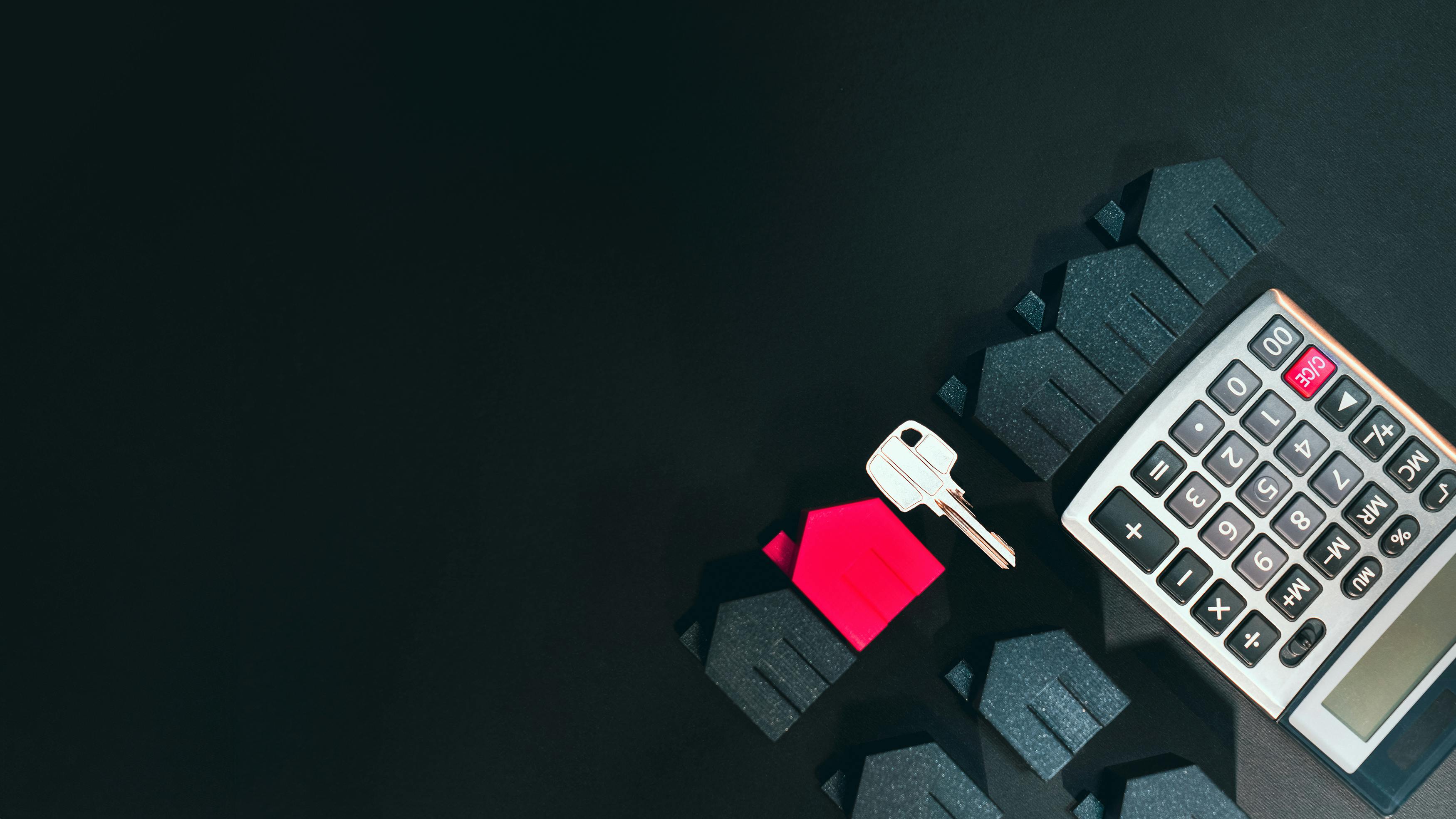Home Loan Basics (2025): Eligibility, CIBIL, Down Payment & EMI Planning in Bangalore
3 min read
September 3, 2025
Source: Pexels
Buying a home in Bangalore is exciting-until loan jargon and fine print show up. Terms like EMI, CIBIL score, and LTV can feel heavy, but once you break them down, the rules are actually simple. This guide walks you through what banks look for, how much down payment you’ll need, and smart ways to plan your EMIs.
Loan Essentials at a Glance
Eligibility depends on your income, age, job type, and existing EMIs. Most banks prefer that your monthly debt doesn’t exceed 40-50% of your income.
A CIBIL score of 750 or higher usually gets you faster approvals and better rates.
Loan-to-Value (LTV) ratio rules: Banks can fund up to 90% of lower-value homes, but only 75% for luxury properties.
In Bangalore, plan for extra costs: stamp duty (2-5%) + registration fee (2%) on top of your down payment.
EMIs are linked to the RBI repo rate, so they may go up or down with policy changes.
Home Loan Eligibility: What Banks Really Check
Income stability: Are you salaried or self-employed, and how steady is your income?
Debt-to-income ratio (FOIR): Banks prefer your total EMIs (including the new one) to stay under 40-50% of your monthly income.
Age: Younger borrowers get longer loan tenors; nearing retirement means stricter limits.
Property type: RERA-registered and bank-approved projects are easier to finance.
CIBIL Score: Why 750 is the Sweet Spot
Your CIBIL score shows how well you handle credit.
750+ = best rates, fastest approvals.
700-749 = acceptable, but you might pay a slightly higher rate.
Below 650 = harder to get approved unless you have a stronger profile or a higher down payment.
How to boost your score quickly: pay off small dues, avoid new unsecured loans, and keep credit card usage below 30% of your limit.
Loan-to-Value Ratio (LTV): How Much Loan You’ll Get
RBI rules cap how much banks can lend based on property price:
Homes up to ₹30 lakh - up to 90% loan
₹30-75 lakh - up to 80% loan
Above ₹75 lakh - up to 75% loan
That means your basic down payment will be 10-25% of the property value.
Down Payment vs. Total Upfront Cost in Bangalore
Your down payment is just the start. Add government charges to know your real upfront cost:
Stamp duty: 2-5% depending on property value.
Registration fee: recently doubled to 2% in Karnataka (Sept 2025).
So, a “10% down payment” can actually feel like 13-18% upfront once you add stamp duty, registration, and bank processing fees.
EMI Planning Made Simple
Keep your home loan EMI at 30-35% of your income so you have room for other expenses.
Most new home loans are linked to the RBI repo rate, which means your EMI can rise or fall with interest rate changes.
Making part-prepayments early in the loan saves the most interest.
Documents Checklist
ID & Address Proof: PAN, Aadhaar
Income Proof: salary slips, bank statements, or ITRs if self-employed
Property Papers: agreement, approvals, RERA certificate, builder NOC
FAQs
Is a fixed rate better than floating?
Floating rates start lower but can rise; fixed rates give predictability.
Can I change lenders later?
Yes, through a balance transfer-but factor in the processing and legal costs.
What’s a safe EMI target?
Keep it under 35% of your income for a comfortable buffer.
At Dream Home Associates, we help you compare banks, get the right loan structure, and guide you from paperwork to possession.
Talk to us for a personalised plan.
Call us today: +91 99037 82195 or +91 99808 60555
Ready to Unlock Your Dream Home?
Get transparent advice, curated options, and loan & interiors support - all in one place.



